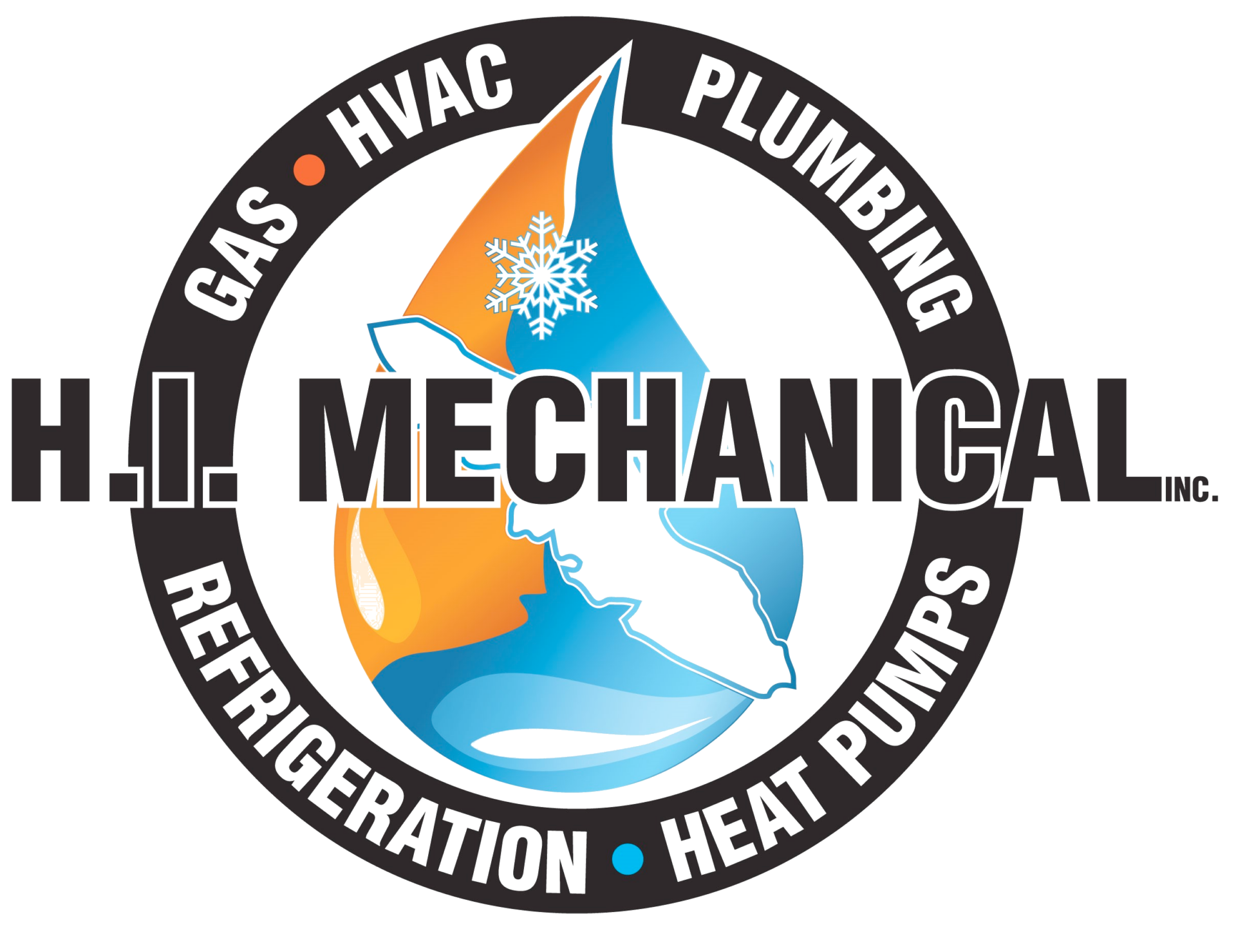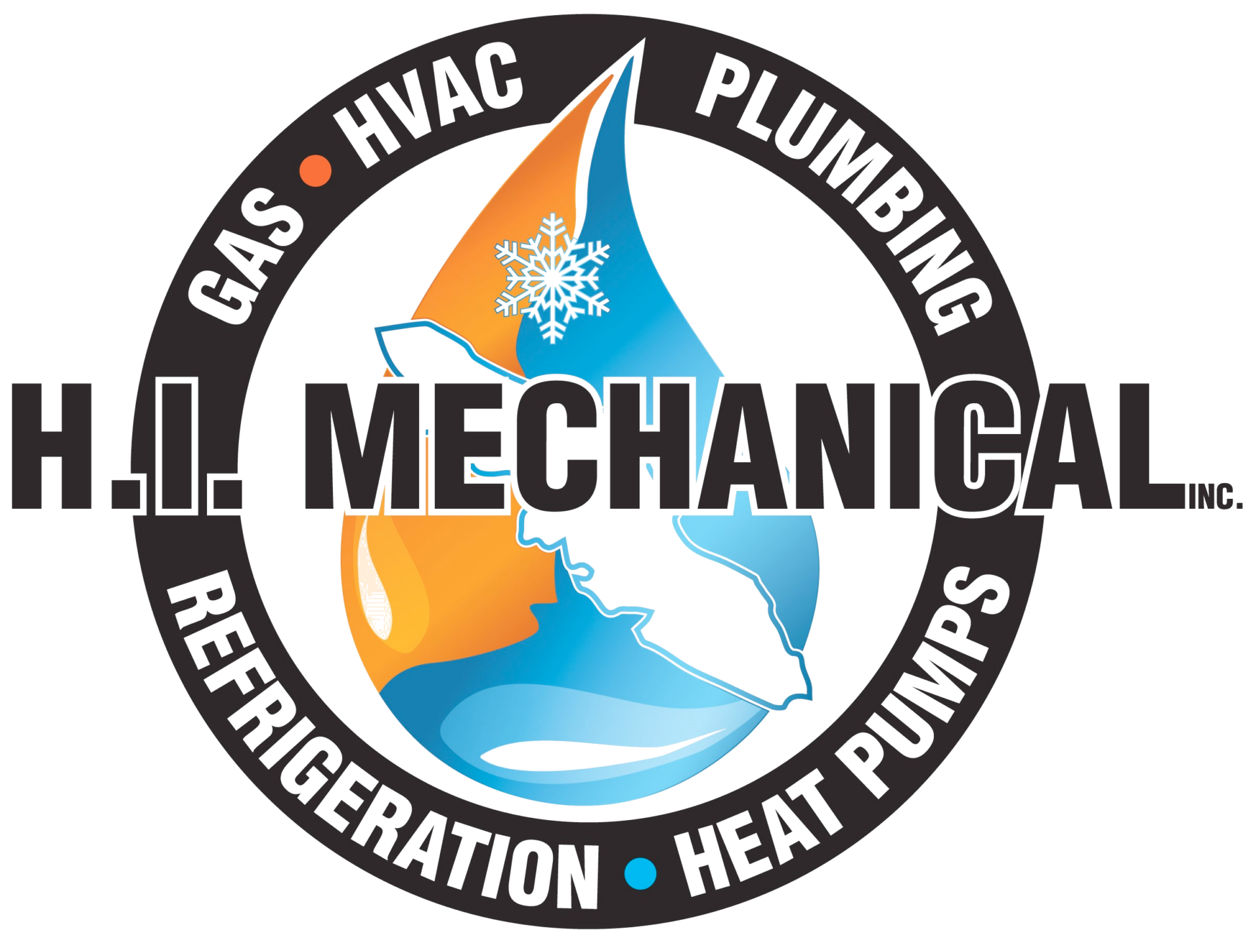Homeowners, in some way or the other, have to deal with maintenance issues, especially with heating systems. While you may feel like opting for an immediate furnace repair, there are some things you can look for to save the expense of a repair or replacement. Try these troubleshooting tips before calling for a professional furnace installation in Langford.
10 Most Typical Furnace Issues
- The Heater isn’t Blowing Air
Your blower fan belt is likely broken if your furnace turns on but doesn’t appear to be blowing air. Either follow the owner’s manual to replace the belt or hire a technician.
- The Furnace is not Getting Power
Check whether the furnace is plugged in after confirming that your thermostat is working and that its settings are proper. While it sounds absurd to imagine that it could have unplugged itself, it is worth investigating before ruling out any other possibilities.
- Unusual Noise
Your blower’s grinding or scraping noise indicates that the ball bearings must be replaced. You can probably handle this repair independently if you have a basic understanding of mechanics. If the belt shows wear and tear signs, replace it according to the owner’s manual’s directions.
- Unclean Filters
Clogged filters reduce airflow and make your furnace work harder, which can cause the heat exchanger to overheat and cause your appliance to shut off. According to experts of furnace replacement in Langford, your furnace’s lifespan will be shortened, and your home will be chilly.
- Pinging or Popping Ducts
Most of the popping sounds you hear can be attributed to the expansion and contraction of ducts as they heat up and cool down, respectively. Experts of furnace replacement in Langford suggest that a duct may also contain a loose metal flap that jiggles as air passes over it.
- Ignition or Pilot Light Issues
If the pilot light on your older furnace won’t remain lit, you’ll need a professional’s assistance to look into several potential issues. Your flame setting may be too low, your thermocouple may act up, your pilot orifice may be clogged, or your safety switch may be broken.
- Dirty Burners
You won’t obtain any heat if your burners become clogged since they won’t be able to emit enough natural gas to ignite combustion. Blue flames are the sign of a healthy burner; any other color, such as yellow or orange, denotes the presence of dirt.
- Defective Heat Exchanger
A damaged heat exchanger makes it difficult for your furnace to function correctly and can let harmful carbon monoxide into your house. Identifying the warning indications of a fractured heat exchanger can be challenging.
- Malfunctioning Limit Control Switch
The limit control switch may be to blame if your blower fan runs continually and you are positive that your thermostat is set to auto rather than on switch. When the air becomes too hot, this switch shuts down the system.
- The Access Panel is Open
As you have undoubtedly learned, opening a panel on the furnace is necessary to access its internal workings. Another safety element to prevent accidents is that the furnace will not operate if the panel is not entirely closed.
Call a skilled professional if you are still unsure of the cause of your home’s non-operational furnace. Contact H.I. Mechanical Inc. to schedule an appointment for furnace installation in Langford.



